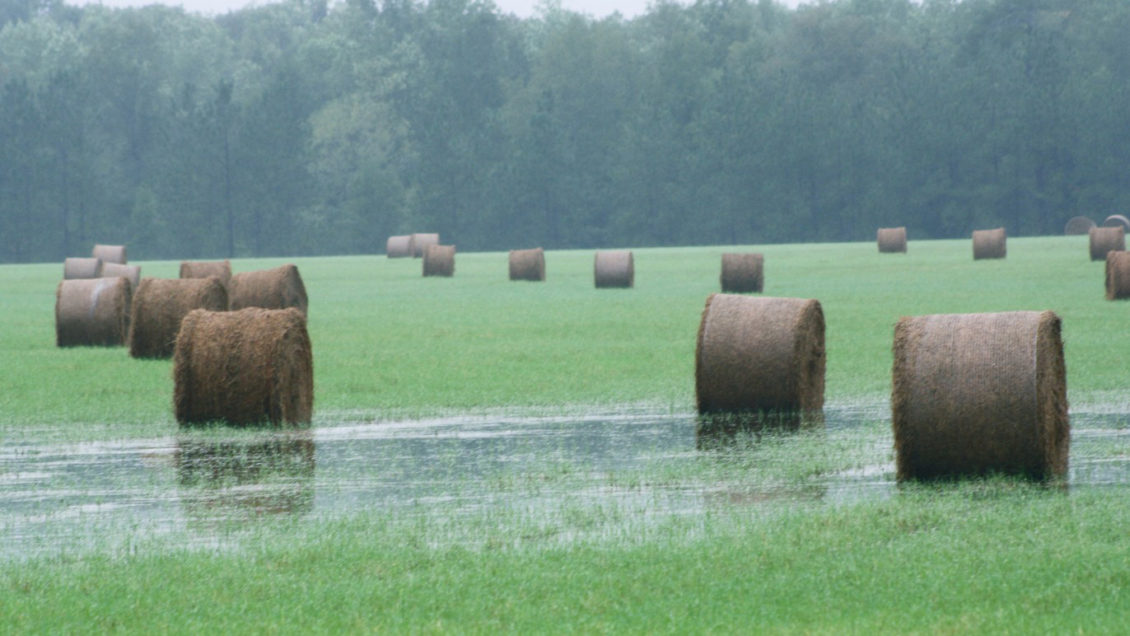
CLEMSON — With widespread flooding in eastern South Carolina in the wake of Hurricane Florence, Clemson University Cooperative Extension is offering resources to help meet hay needs of the state’s livestock producers, both in the short term and throughout the winter.
An online hay request form allows producers in immediate need of hay to enter their location and description of livestock for Clemson Extension to better assist them. The form is also available online at Extension’s Livestock and Forages home page.
“We’re trying to make sure we have a place for people who have immediate needs for hay to fill out a short online form to let us know that they have that need, where they are located and how many animals they need to feed,” said Matthew Burns, Extension beef specialist.
Significant amounts of hay in the Pee Dee region and parts of the Lowcountry have been sitting under water. Clemson Extension is working to be responsive to the needs of producers who have animals that may be trapped by flood waters and cannot reach other food sources.

“We’re really looking for people who are in need and just need enough hay to get them through the next week,” Burns said. “It’s an emergency situation where they have nothing to feed their animals, and we’re trying to make sure that they get that taken care of.”
Clemson Extension is also compiling a 2018 Hurricane/Flood Relief Hay List that will provide contact information of anyone who has undamaged hay for donation or sale. Once compiled, the results of the list will be posted online at Extension’s Livestock and Forages home page.
“For the next week, we’re still working to meet emergency needs while these rivers are cresting and then, as everything goes down, there will be more people who need to replace hay that was stored for the entire winter and will need to replace all of that,” Burns said.
Get in touch and we will connect you with the author or another expert.
Or email us at news@clemson.edu

